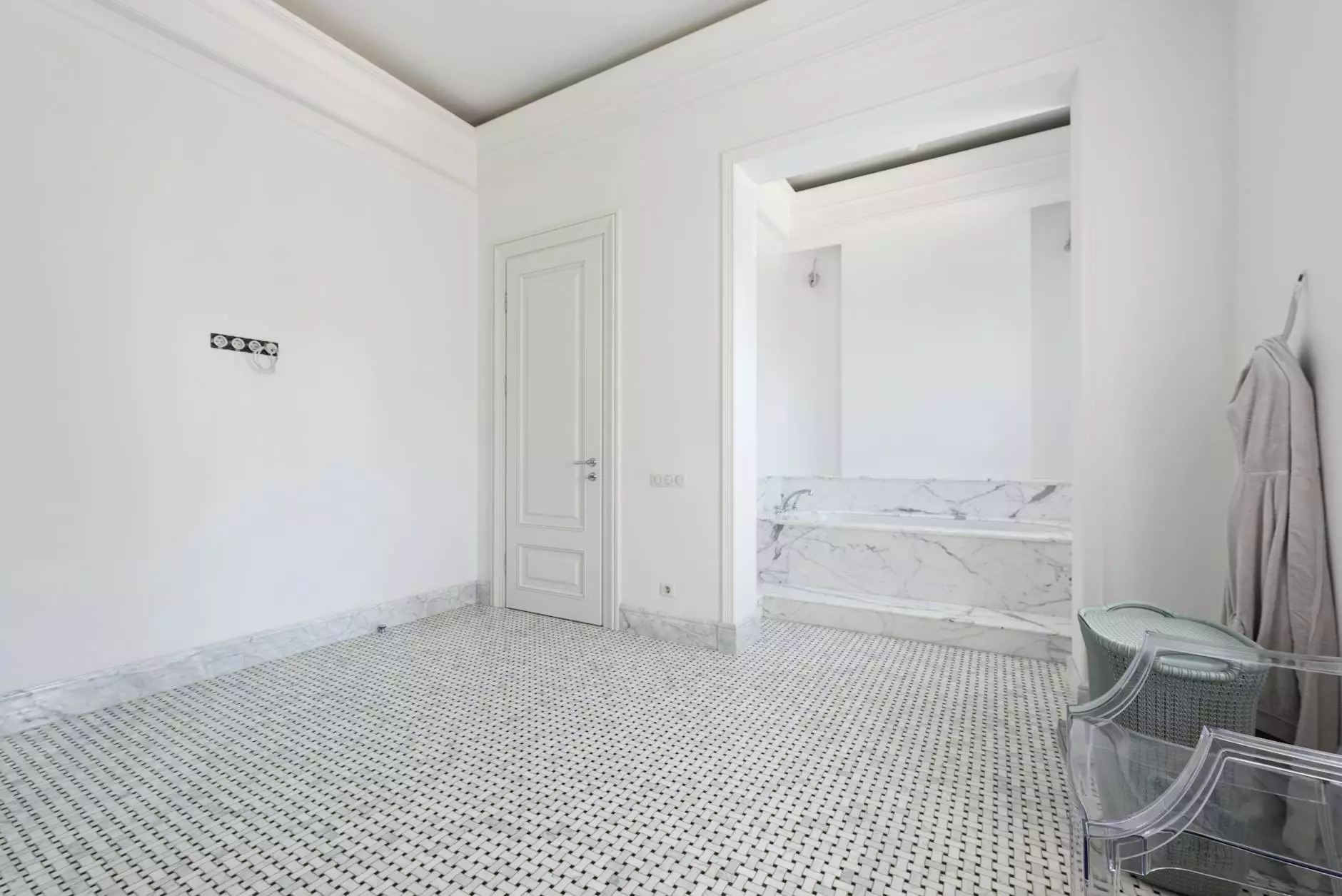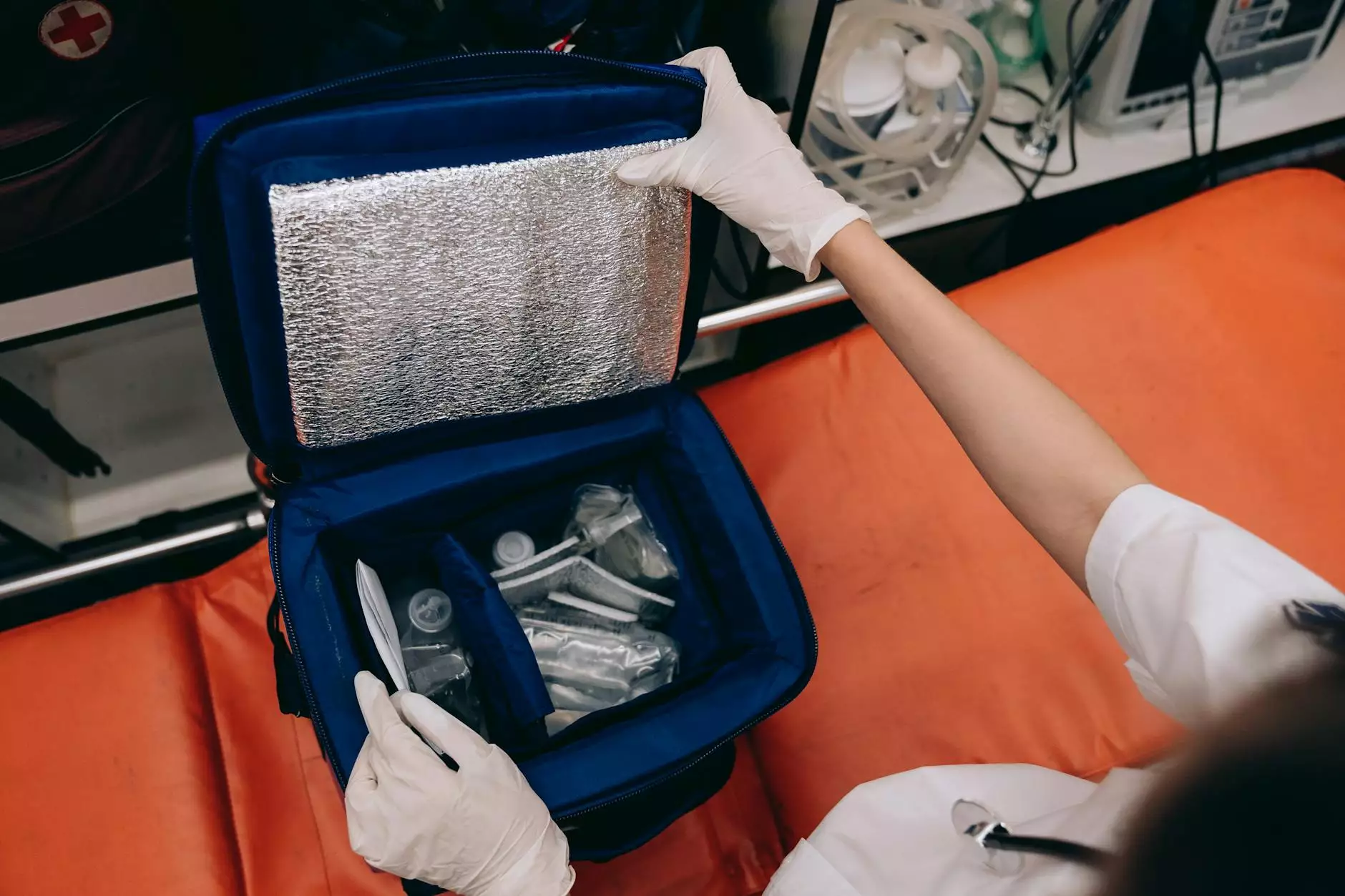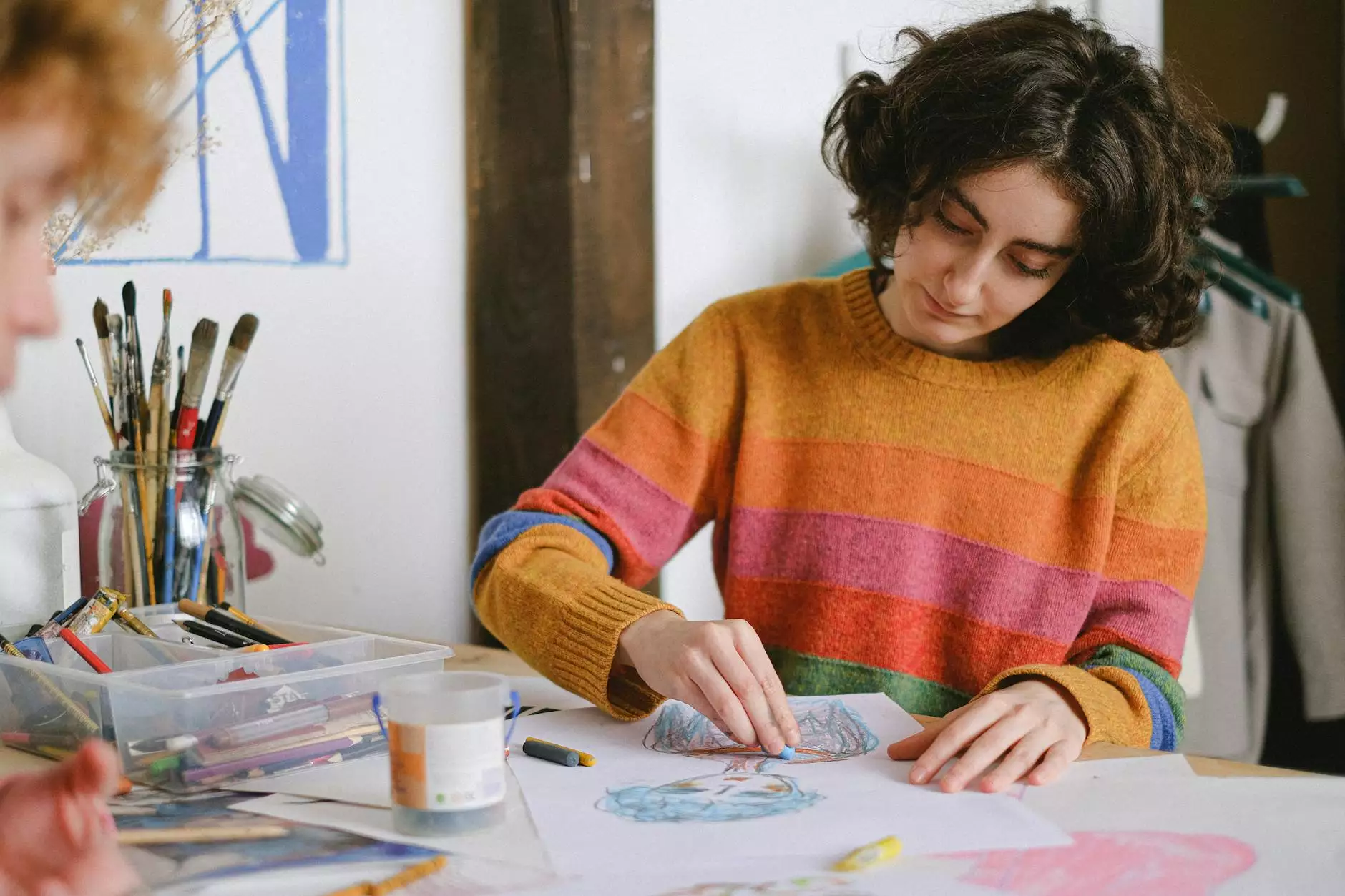What Are Spider Veins a Sign Of?

Understanding Spider Veins and Their Potential Implications
Spider veins, also known as telangiectasias or angioectasias, are small, twisted blood vessels that appear near the surface of the skin. They often appear as red, purple, or blue lines, resembling spider webs or tree branches. Spider veins can occur anywhere on the body, but they are most commonly found on the legs, face, and chest.
While spider veins are generally harmless and do not cause any significant health problems, they can sometimes be a sign of underlying venous insufficiency or other circulatory issues. Venous insufficiency occurs when the valves in the veins become weakened or damaged, leading to poor blood flow and the development of spider veins.
The Potential Causes and Risk Factors of Spider Veins
There are several factors that can contribute to the development of spider veins:
- Genetics: If your parents or close relatives have spider veins, you are more likely to develop them as well. Genetic factors can play a significant role in determining your susceptibility to vein-related issues.
- Prolonged Standing or Sitting: Occupations or activities that involve long periods of sitting or standing can increase the risk of spider veins. This is because prolonged periods of inactivity can lead to poor blood circulation, putting extra pressure on the veins.
- Hormonal Changes: Hormonal fluctuations that occur during pregnancy, puberty, or menopause can contribute to the development of spider veins. Changes in hormone levels can weaken the walls of the blood vessels, making them more susceptible to dilation and the appearance of spider veins.
- Obesity: Excess weight can put additional strain on the veins, making them more prone to developing spider veins.
- Sun Exposure: Prolonged exposure to the sun's harmful UV rays can cause damage to the skin and blood vessels, increasing the risk of spider veins.
When Should You Seek Medical Attention?
In most cases, spider veins are harmless and do not require medical treatment. However, if you experience any of the following symptoms alongside your spider veins, it is advisable to seek professional medical attention:
- Pain: Persistent pain or discomfort in the area of the spider veins.
- Swelling: Swelling, inflammation, or redness around the spider veins.
- Open Sores: Development of open sores or ulcers near the spider veins.
- Changes in Appearance: Sudden changes in the color, size, or shape of the spider veins.
Treatment Options for Spider Veins
If you are concerned about the appearance of spider veins or experiencing any associated symptoms, it is recommended to consult with a vascular medicine specialist, such as the doctors at Vein Center of Arizona. The specialists will conduct a thorough evaluation and recommend the most suitable treatment option based on your specific condition.
The available treatments for spider veins include:
- Sclerotherapy: This is the most common and effective treatment for spider veins. It involves injecting a solution directly into the affected veins, which causes them to collapse and fade over time. Sclerotherapy is a minimally invasive procedure that does not require anesthesia and provides excellent results.
- Laser Therapy: Laser treatments can be used to target and treat spider veins. The laser emits concentrated light energy, which helps to gradually fade the veins. This procedure is non-invasive and typically requires multiple sessions for optimal results.
- Vein Stripping: In more severe cases, where spider veins are a result of underlying venous insufficiency, vein stripping may be necessary. This surgical procedure involves removing the affected vein through small incisions.
Preventing Spider Veins
While it may not always be possible to prevent the development of spider veins, there are certain measures you can take to reduce your risk:
- Stay Active: Engage in regular physical activity to promote healthy blood circulation.
- Maintain a Healthy Weight: Maintain a healthy weight to avoid putting excessive strain on your veins.
- Elevate Your Legs: Elevate your legs whenever possible, especially when sitting for extended periods.
- Avoid Prolonged Sun Exposure: Protect your skin from the sun by wearing sunscreen and covering up exposed areas.
Conclusion
Spider veins are often harmless and purely cosmetic, but they can occasionally signify underlying circulatory issues. By understanding the potential causes, risk factors, and available treatment options, you can make informed decisions regarding your vascular health.
If you have concerns about spider veins or are experiencing any associated symptoms, it is best to consult with the knowledgeable doctors at Vein Center of Arizona. They specialize in vascular medicine and can provide you with the most appropriate diagnosis and treatment plan tailored to your specific needs.
what are spider veins a sign of








